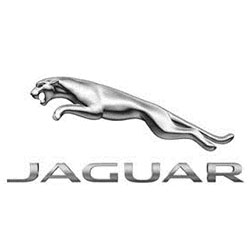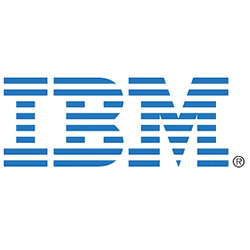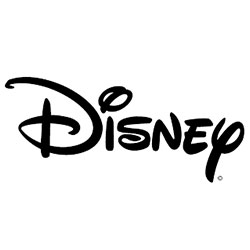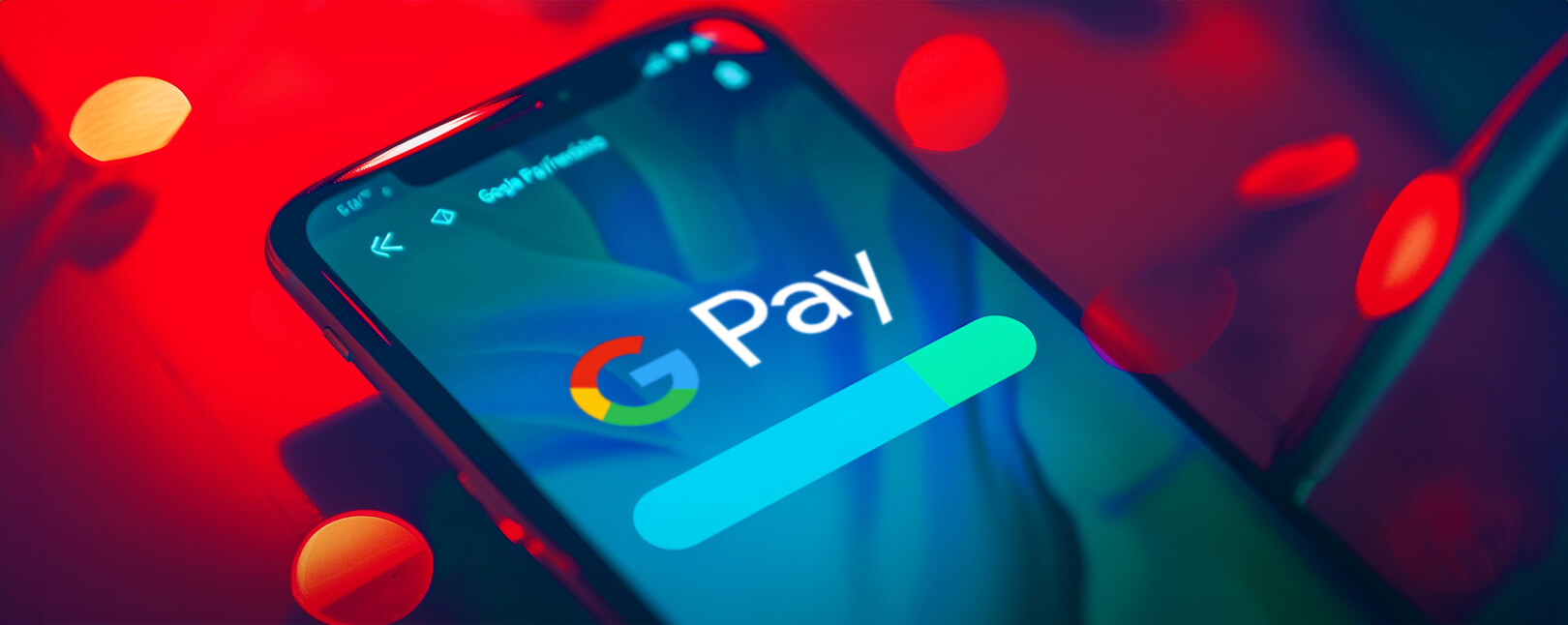IBM, Jaguar, & Disney: Surprising Disruptors in Payments Technology
Society has come to expect brands like Amazon, Apple, Visa, and Mastercard to lead the charge in payments industry disruption. However, many other brands are revealing they can be just as dynamic and innovative, leading to surprising and promising opportunities.
Jaguar Simplifies Paying at the Pump
Auto manufacturer Jaguar announced a new partnership in mid-February with Shell Oil to make paying at the pump as easy as possible.
 Drivers are now able to use mobile wallet apps, such as Apple Pay and PayPal, through the in-car touchscreen display in several of Jaguar’s new models. When the driver pulls up to a Shell pump, the screen prompts them to “Fill up & go,” authorizing payment through their preferred service with the push of a button. Drivers can pre-select how much gas they wish to purchase and then receive a digital receipt shown right on the display.
Drivers are now able to use mobile wallet apps, such as Apple Pay and PayPal, through the in-car touchscreen display in several of Jaguar’s new models. When the driver pulls up to a Shell pump, the screen prompts them to “Fill up & go,” authorizing payment through their preferred service with the push of a button. Drivers can pre-select how much gas they wish to purchase and then receive a digital receipt shown right on the display.
While still limited to select Jaguar models at Shell stations in the UK, the concept will likely be replicated in other geographic locations and with other brands if it proves successful.
IBM and General Motors Bring AI to the Road
 General Motors entered the IoT-enabled market in October 2016 through a partnership with IBM. The two companies announced they would collaborate to make IBM’s Watson AI software available on-board more than two million GM vehicles by the end of 2017.
General Motors entered the IoT-enabled market in October 2016 through a partnership with IBM. The two companies announced they would collaborate to make IBM’s Watson AI software available on-board more than two million GM vehicles by the end of 2017.
Through IBM’s partnership with Visa, GM drivers can now use their automobile as a point of sale. Not only will GM vehicles have a similar functionality as Jaguar to pay at the pump, the technology has introduced even more avenues for commerce behind the wheel.
Merchants partnered with the service will be able to offer drivers different goods and services based on things like personal preferences, location, weather conditions, and the lifespan of car parts. For example, the driver will be notified when a certain car part needs to be replaced. The driver can then order and pay for the part from the car’s on-board technology, as well as schedule an appointment to have the part installed.
Disney Provides Guests With All-in-One IoT Devices
One of the world’s largest entertainment companies started exploring the IoT concept a few years ago and has since made it an integral part of their customer experience.
 Disney first introduced their Magic Band devices to the Walt Disney World resort in 2013. These RFID-enabled wrists bands improve the guest’s experience in a number of ways by functioning as everything from a free airport shuttle ticket and the hotel room key to a Fastpass and GPS-enabled lost kid locator.
Disney first introduced their Magic Band devices to the Walt Disney World resort in 2013. These RFID-enabled wrists bands improve the guest’s experience in a number of ways by functioning as everything from a free airport shuttle ticket and the hotel room key to a Fastpass and GPS-enabled lost kid locator.
However, most noteworthy is the payment capabilities integrated into these devices. Magic Band readers are available at Disney checkout points throughout the resort. Thus, if customers choose to do so, they can simply leave their payment cards behind and pay for any purchases using their Magic Band device.
The Potential Drawbacks of Payments Disruption
These and other disruptive innovations open considerable new opportunities for the payments industry; at the same time, they present the possibility of new challenges as well.
New Avenues for Fraud Attacks
The problem with developing new technologies is in predicting how they will be deployed and what the response will be.
For example, introducing voice-activated commerce enabled by AI technology makes sense from a technological standpoint. It reduces the threat of criminal fraud attacks, as well as customer friction. The problem is that friction in the checkout process is not necessarily a bad thing—it can actually be quite good.
Friction leads customers to slow down and consider their purchase more carefully. The absence of friction, though, may incite customers to make purchases without thinking the transaction through properly, leading to buyer’s remorse—a primary trigger of friendly fraud.
Sets New Customer Expectations
Disruptive technology holds the potential to dramatically redefine customer expectations. In many ways, that is a strength and the primary motivation for merchants to value disruption. However, there are drawbacks to innovation as well.
Merchants may inadvertently trigger customers to expect a level of convenience that is simply beyond what current technology allows. Those discrepancies can cause customer satisfaction to actually decrease, rather than increase as expected.
Moreover, disruption is difficult for merchants with limited resources to replicate. Innovation might destroy business that would otherwise have immense potential and decrease competition—only to reveal the original disruption doesn’t have staying power and consumers don’t perceive long-term benefits.
Taking a More Cautious Approach to Disruption
Disruptive technology is a great thing. However, it must be deployed carefully to avoid negative repercussions. Otherwise, the drawbacks of such innovations will quickly start to outweigh any benefits merchants would enjoy.
If you are interested in taking advantage of emerging technological developments or fear industry disruption is threatening the longevity of your company, contact Chargebacks911® today. We can help you evaluate potential risk exposure and identify the most profitable way forward.











